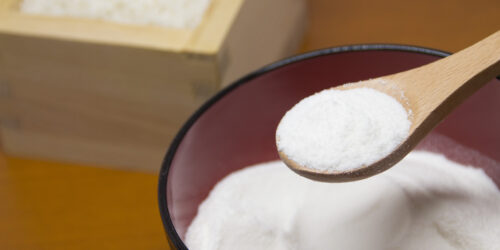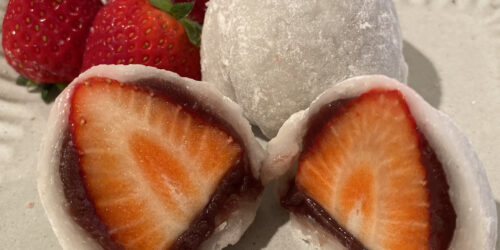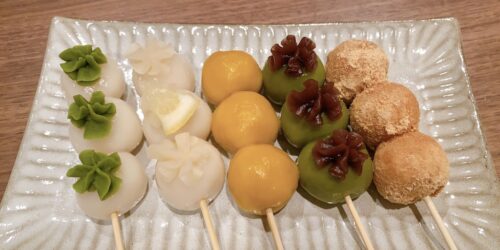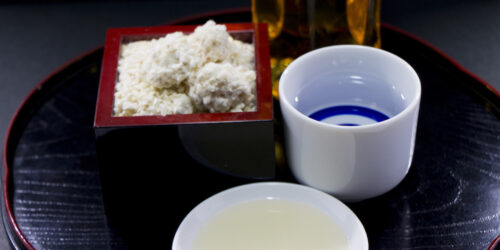The 6 Best Shiratamako Substitutes
What Is Shiratamako?
Shiratamako is a flour made from glutinous rice, and generally used for shiratama dumplings and daifuku.
Besides that, you can make dorayaki, donuts, some kinds of bread, etc. with shiratamako.
Click here to see more about shiratamako
What Is Shiratamako and How Is It Used?
Shiratamako is made by taking out the starch of glutinous rice spending time and effort. That is why rice dumplings made from shiratamako has slippery smooth surface, and much more smooth texture than the one made from mochiko.
By the way, it’s interesting that there are various types of rice flour in Japan. Here are some typical ones.
Shiratamako vs Mochiko vs Joshinko: What Are the Differences?
The 6 Best Shiratamako Substitutes
When you are looking for the replacement for shiratamako, please refer to the following.
1. Mochiko
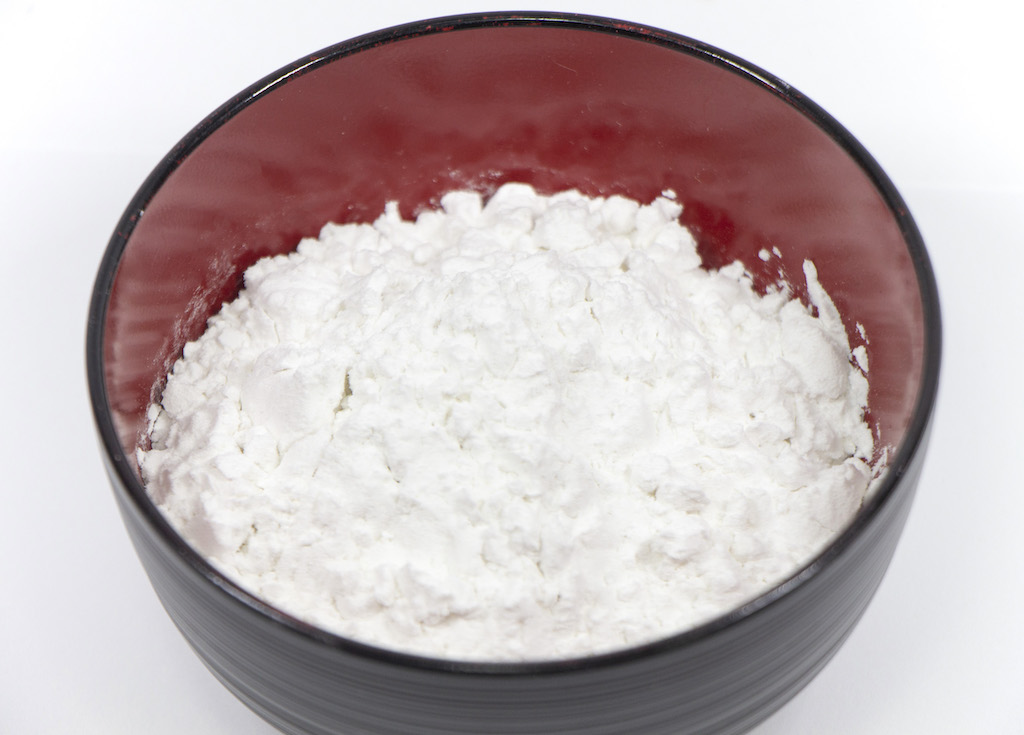
As with shiratamako, mochiko is a flour made from glutinous rice. It is made by drying glutinous rice and making it into powder.
Its grain is more coarse than shiratamako, so the surface of rice dumplings made with mochiko will not be slippery smooth like shiratama dumplings. However, you can still enjoy the mochi-like chewy texture.
In fact, mochiko is often used to make daifuku and dango in Japan. So, mochiko can be the best substitute for shiratamako indeed.
What Is Mochiko and How Is It Used?
2. Joshinko
Unlike shiratamako and mochiko, joshinko is a flour made from ordinary rice (non-glutinous rice).
It’s mainly used for making mochi with a relatively firm texture, for instance, kashiwa-mochi (rice cake wrapped in oak leaf) and uiro (sweet rice jelly).
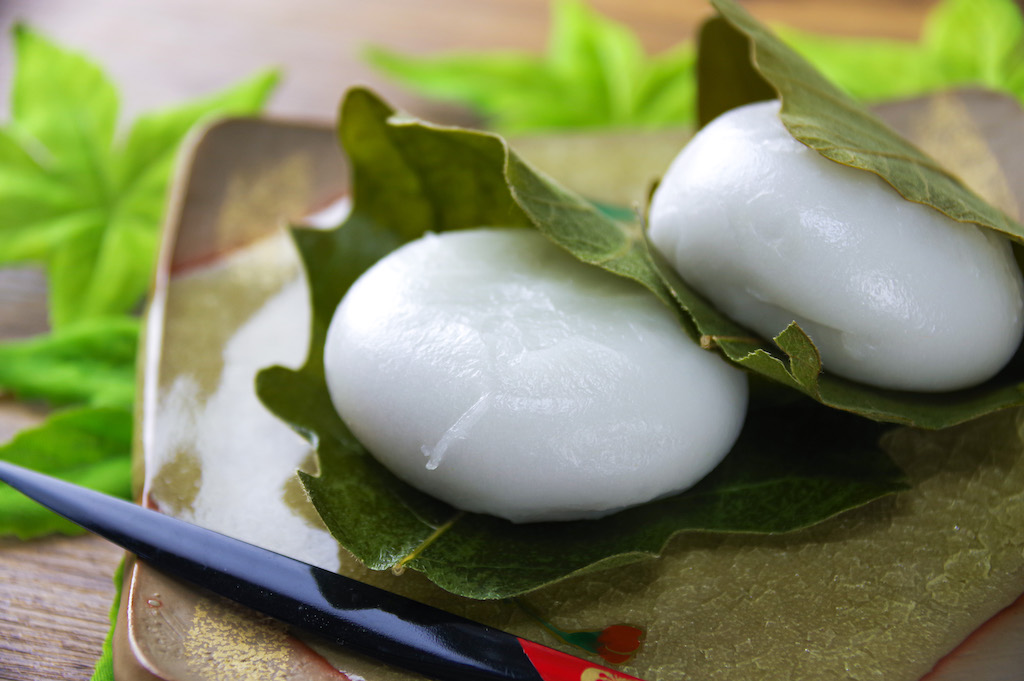
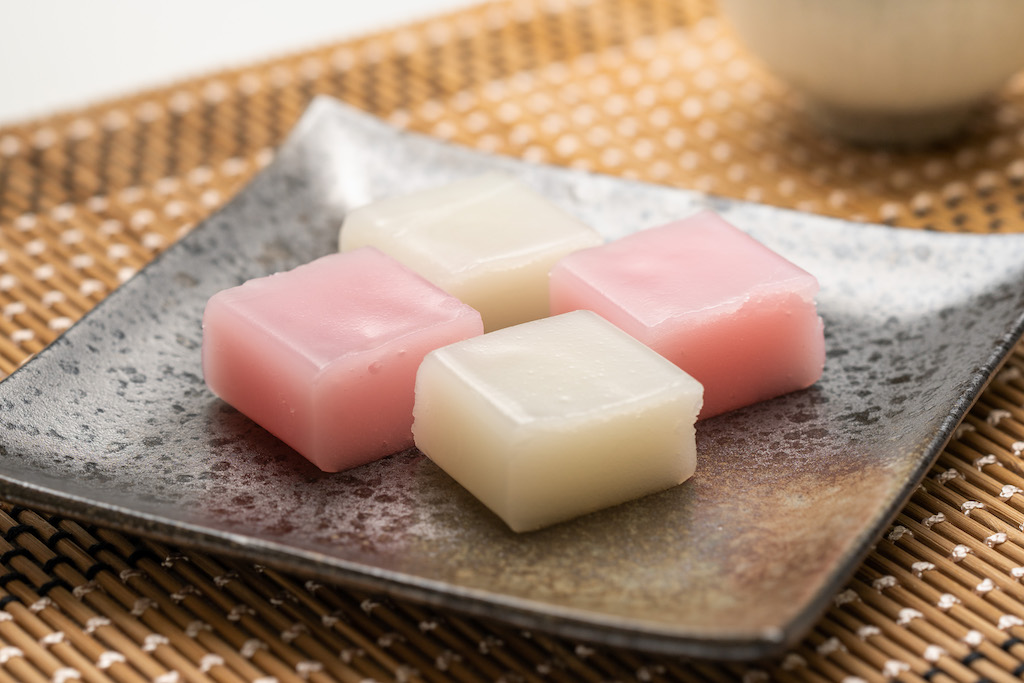
The mochi made with joshinko has a little harder chewy texture than the one made with shiratamako. Therefore, it’s not really suitable for making daifuku skin.
However, this can be good substitute for shiratamako when making rice dumplings. You can enjoy the great texture of the dumplings, and most importantly you can feel amazing flavor of the ordinary rice.
What Is Joshinko and How Is It Used?
3. Dango Flour
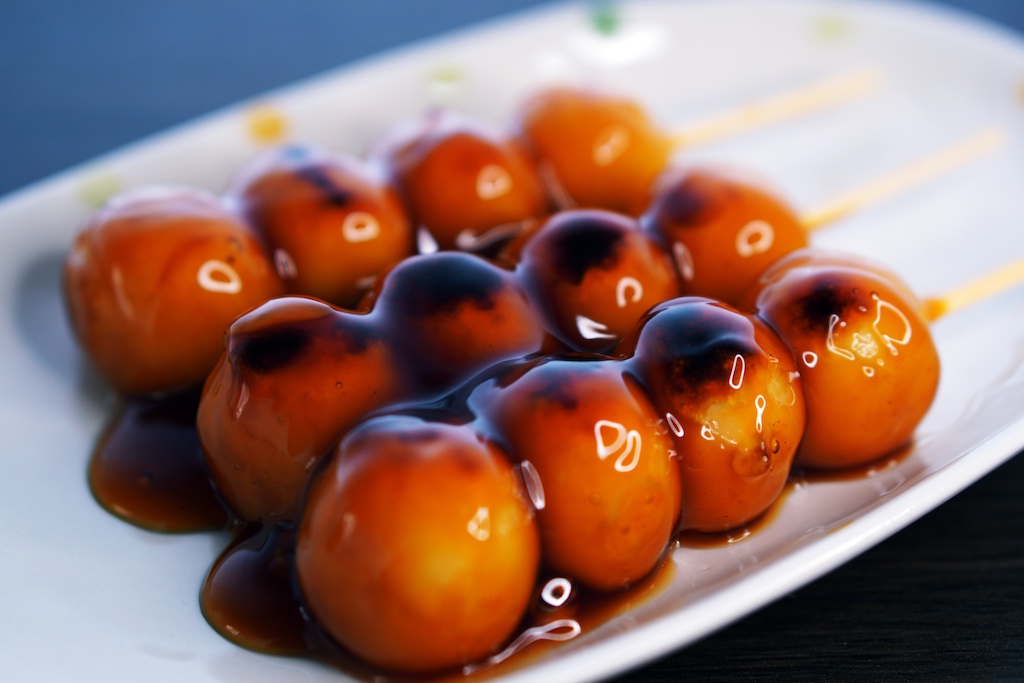
This is a powder blended exclusively for dango (dumplings). So, this could be the best substitute for shiratamako especially when making rice dumplings.
The raw material of this are both ordinary rice (non-glutinous rice) and glutinous rice.
I would say softness and sweetness of the rice dumplings made with this dango flour is not as strong as the one made with shiratamako or mochiko, but stronger than joshinko.
I think it combines the goodness of 2 types of rice, and you can definitely feel well-balanced chewy texture.
The above 3 are especially recommended substitutes.
When you are making daifuku, mochiko can be good substitute.
When you are making dango (rice dumplings), all of 3 (mochiko, joshinko, and dango flour) can be good substitute.
Those are also great material for making deep-fried dishes such as karaage (Japanese-style fired chicken). By using mochiko, joshinko, or dango flour in place of ordinary flour or potato starch, you will get extremely crispy chicken with the best savory flavor.
4-6. 3 Other Options
But, what if you can’t get any of these flour? Can’t you use wheat flour (or some kind of familiar material) in place of shiratamako?
I would like to introduce some recipes to answer the questions.
Although it would be difficult to make dumplings with slippery smooth surface, these recipes could help those who can’t get any of these 3 powders above.
Please look at the paragraph 4, 5 and 6 in this page.
The 6 Best Mochiko Substitutes
The recipe is using wheat flour, potato starch, and cooked rice.
How to Make Mochi without Using Shiratamako
When you are thinking of making mochi (rice cake) without using shiratamako, here are some ideas.
6 Ways to Make Mochi (Recipe)


